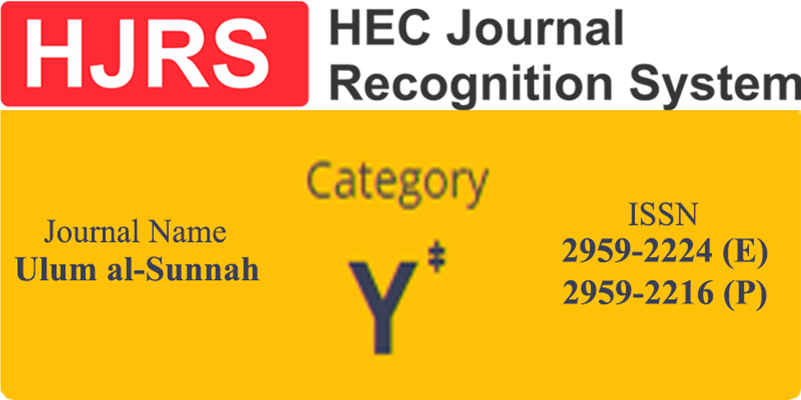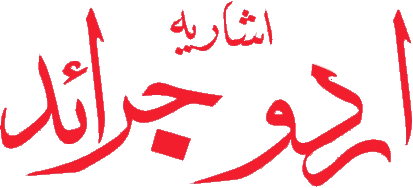Muhammad Shaikh's Views on Jesus (A.S) and Differences with Jamhūr Mufassirīn
DOI:
https://doi.org/10.5281/zenodo.11283826Keywords:
Muhammad Shaik's view on Jesus, biography of Jesus, Gospel, Qur’ān, Right intercessionAbstract
Hazrat Jesus (A.S) was the son of Maryam who was a virgin mother and the daughter of Imran. He was the decedents of David, Isaac, and Abraham (A.S). The holy Qur’ān declared Him only the son of Maryam and enlisted in the decedents of the apostles. He spent a specific time period in the world and after that was uplifted towards the heavens. He will come down back near the day of resurrection and will make act upon the Sharī’ah of Muhammad (PBUH). He will kill the Dajjāl and after staying for a specific time period will die naturally and will be buried in city of Medina. Muhammad Shaikh who was born in Karachi established an institute named International Islamic Propagation Center for the teaching of the Qur’ān, He is totally against the authentic universal teaching of the Qur’ān concerning Jesus Christ. He vies that Jesus was born in Makah. It is universally acknowledge that he was given Gospel whereas Muhammad Shaikh rejects this completely. He insists that Muhammad is not the last prophet and the intercession in the Day of Judgment was not given to Muhammad but to Jesus and the Qur’ān is not only al-Kitāb, rather Gospel also the entitlement of al-Kitāb. He is of the view that right of intercession will be given to Jesus. Prophet-hood was not ended to Muhammad, it accedes further. In this article the thoughts of Muhammad Shaikh will be examined in the light of the Qur’ān, the Sunnah, and the views of Jamhūr Mufassirīn (majority of interpreters of the Qur’ān and the Sunnah).
Downloads
Published
How to Cite
Issue
Section
License
Copyright (c) 2023 Muhammad Liaqat Majeed, Dr. Taswar Hussain

This work is licensed under a Creative Commons Attribution-NonCommercial 4.0 International License.
This is an open-access journal which means that all content is freely available without charge to the user or his/her institution. Users are allowed to read, download, copy, distribute, print, search, or link to the full texts of the articles, or use them for any other lawful purpose, without asking prior permission from the publisher or the author. All articles are available on the internet to all users immediately upon publication. Non-commercial use and distribution in any medium are permitted, provided the author and the journal are properly credited.











 Research Journal Indexed by Google Scholar
Research Journal Indexed by Google Scholar